
by Matt Lollar | Oct 28, 2016

The Jackson County Master Gardeners are selling daffodil bulbs. Bulbs are sold in paper bags for $5.00 per bag. Bulb counts vary per bag based on bulb size. For descriptions of available bulbs please see the attached flyer.
Jackson County Daffodil Selection/Description
To make a bulb order or for other questions please call the Jackson County Extension Office at (850)482-9620 and asked for Ms. Doris or Mr. Carl.
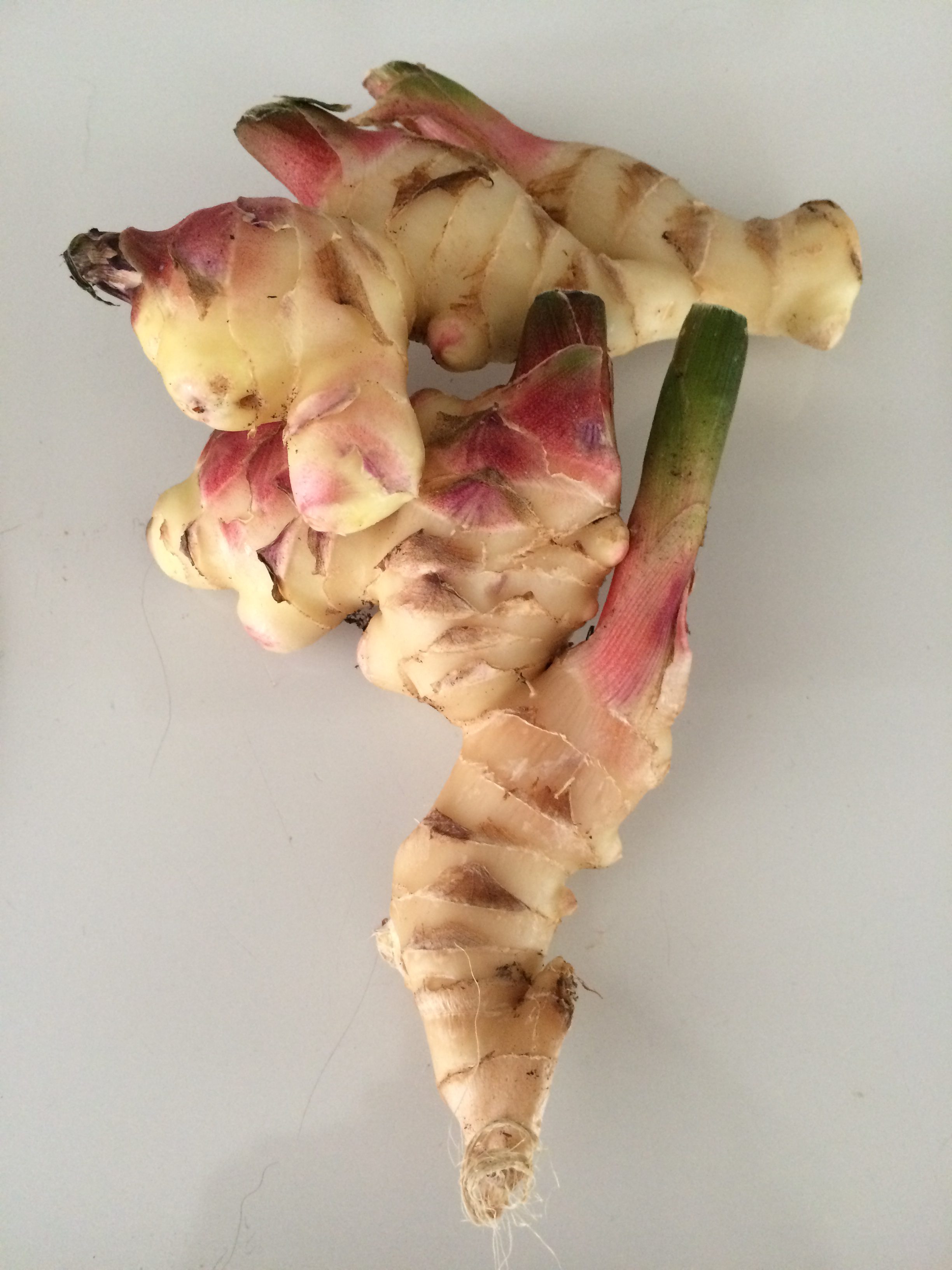
by Molly Jameson | Oct 26, 2016
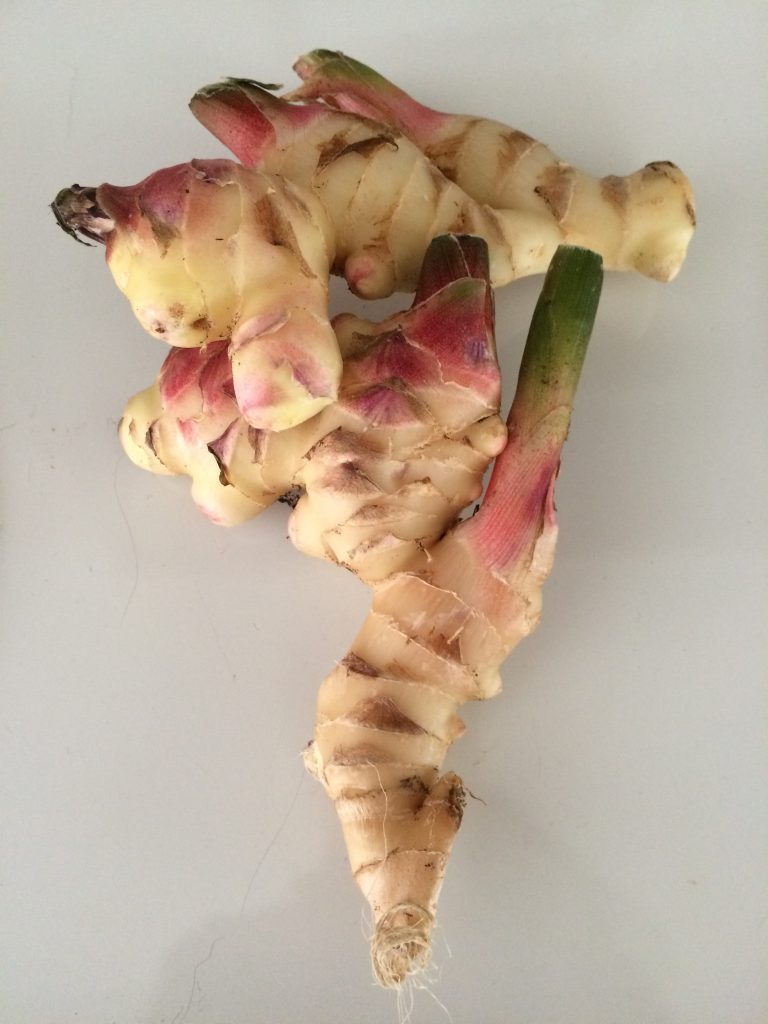
Freshly harvested ginger rhizomes. Photo by Molly Jameson.
Fall is finally here and we are beginning to enjoy our first few bursts of cold air coming in from the northwest. For many, this inspires us to prepare dishes with all of our favorite seasonal spices – nutmeg, cinnamon, cloves, and ginger come to mind. While all of these spices can be grown, did you know that edible ginger, Zingiber officinale, is one of the easiest roots to grow in North Florida?
It is as simple as planting a piece of fresh ginger root, or rhizome, in the spring and keeping the root moist for a few weeks while they sprout. Ginger prefers soil rich with organic matter and partial shade. Therefore, it is often an excellent choice for yards with many trees, as is common among our many oaks and pines. It also has very few pests and can be largely ignored as it grows throughout the year.
During the warm seasons, you will enjoy this perennial’s dark green narrow leaf blades, and although not as showy as ornamental gingers, it will occasionally produce green oblong stalks with white and dark red fragrant flowers. When our cool nights return and the tops die back, it is the signal to dig up the roots, which will have multiplied, and take some in for eating and place some back in the ground for next year’s harvest.
After digging up the rhizomes, allow them to air dry in the shade. To make your ginger root last, place in a sealed bag, and store in your freezer, peeled or unpeeled. You can then take out pieces as you need them throughout the year, and it can easily be grated frozen.
So get ready to make ginger bread, gingersnaps, ginger muffins, ginger ale, ginger-based sauces, ginger spiced soup, and so much more, all with your fresh, spicy, pungent homegrown ginger root!
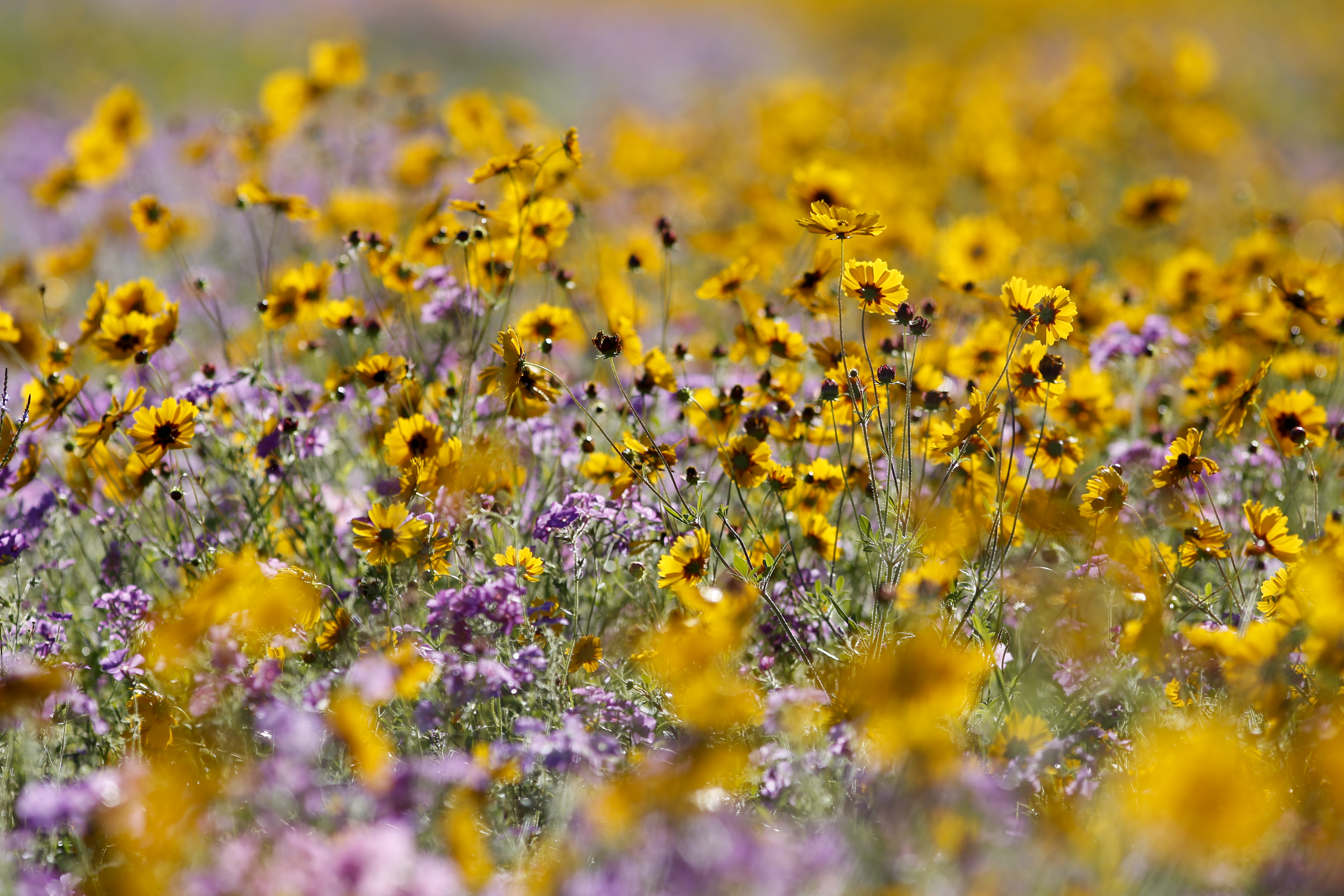
by Mark Tancig | Oct 26, 2016
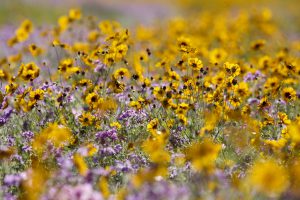
Growing wildflowers is great for pollinators and for you! Credit: UF/IFAS
With fall weather finally giving us a break from the heat of summer, this is the perfect time for North Florida residents to get outside and try their hands at gardening. Not only is gardening rewarding for the beautiful flowers or tasty vegetables produced, but just getting outside and spending time with nature is good for the soul.
The idea that being outside and gardening is good for you isn’t just anecdotal or common sense information. Scientific research shows that people who spend time outdoors are more healthful. Some of the documented case studies go way back. Dr. Benjamin Rush, a signer of the Declaration of Independence, showed that gardening improved the well-being of mentally ill patients. One of the most famous and more recent studies was done by Roger Ulrich in the 1980’s. This study demonstrated that patients with views of trees spent less time in the hospital and requested less pain medication. Otherwise, they had the same ailment, nurses, and room setup.
Physical, social, psychological, and cognitive health factors can all be improved through gardening. Improving psychological health is one of the major benefits of gardening and can be especially useful as we near the end of the election cycle or watch too many TV news programs. Gardening has been shown to reduce stress, anxiety, and tension, which can contribute to high blood pressure, heart disease, obesity, diabetes, and generally feeling miserable. More information regarding the health benefits of gardening can be found in the EDIS Publication Horticultural Therapy (www.edis.ifas.ufl.edu).

Growing vegetables can fill your belly and reduce your stress!
If you would like to de-stress through gardening but are not sure of how to get started, are new to the area, or need a little extra explanation about something you would like to try, the folks at your local UF/IFAS Extension Office are here for you. They offer a variety of educational programs for the beginner, on up to the advanced green thumbs. You can contact them in person or visit the local County Extension webpages and Facebook pages to find out more information about upcoming programs.
In addition to helping you relax through gardening, the topics discussed at UF/IFAS Extension programs can help you save money, eat healthier, and help conserve our natural resources. So not only will you feel better but you could also make the Earth feel better. That helps us all out!
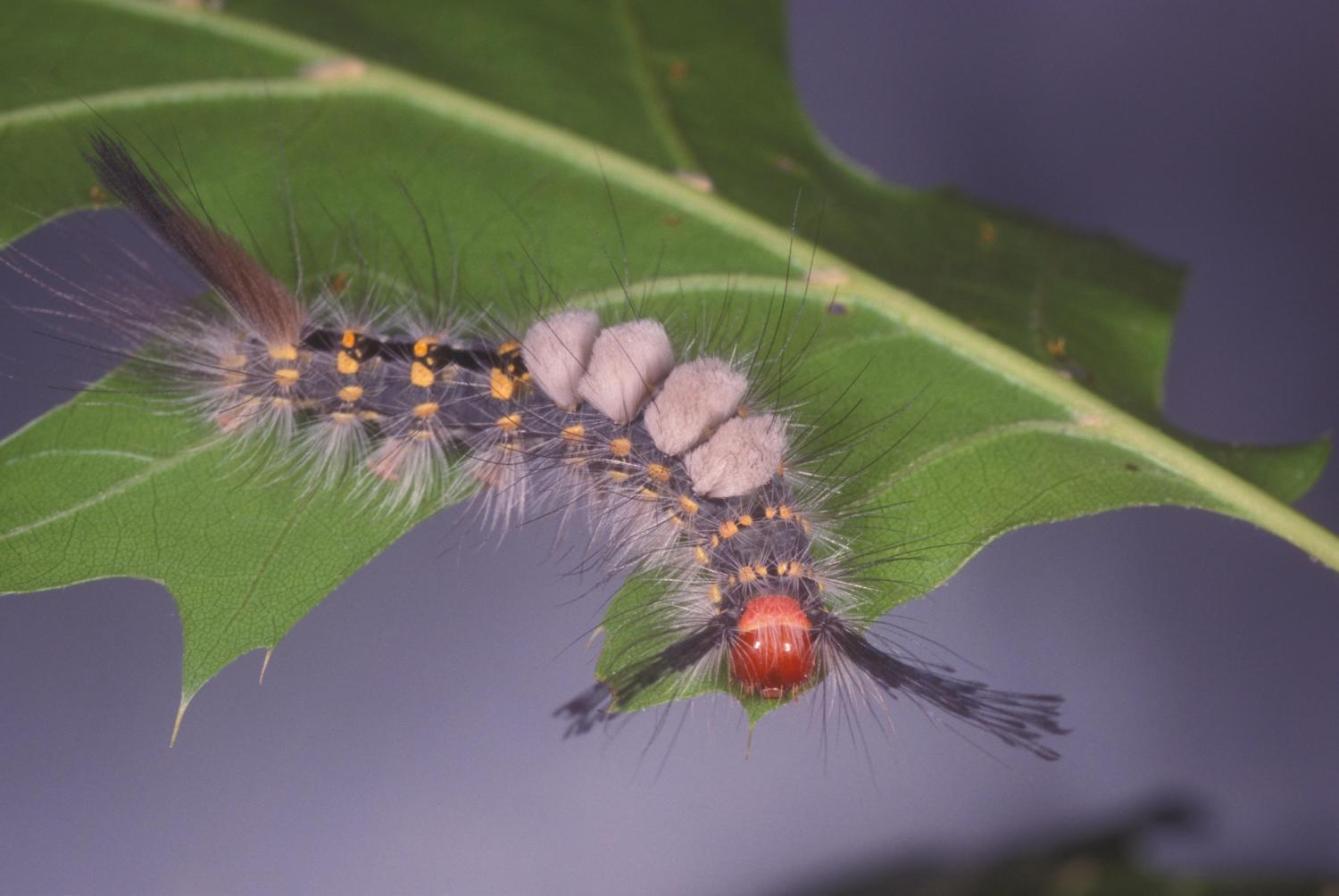
by Larry Williams | Oct 26, 2016
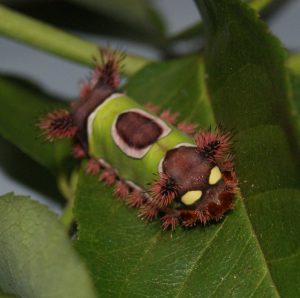
Saddleback Caterpillar – Image Credit Matthew Orwat
The reality of what happens deep down in the darkness of a fire ant mound hidden to human eyes or in the tunnels of a mole cricket where only creepy crawly things dare to enter may be too scary to believe.
University of Florida Institute of Food and Agricultural Sciences along with USDA introduced a tiny South American fly to the U.S. to help control the pesky imported fire ant. Literally, these introduced phorid flies cause the imported fire ants’ heads to fall off. They then use the decapitated heads to reproduce. The flies hover above the ants, dive in, latch on to the ant’s body and inject their eggs. The egg hatches, and a maggot wiggles its way into the ant’s head, where it grows for two to three weeks before secreting a chemical that dissolves the membranes holding the ant’s body together. In a few hours the ant’s head falls off. The maggot eats everything in it and then uses it as a pupae case. Gruesome, isn’t it?
Assassin bugs are frequently seen slowly crawling on shrubs in our landscapes. Most are brown to black but many are brightly colored. A common species is reddish-orange in the nymph stage. Assassin bugs feed on many harmful insects. Caterpillars are their favorite food.
They digest their prey before eating it. They do this by piercing their victim with their sharp beak, injecting digestive enzymes. This causes chaos on the unfortunate insect’s nervous system and liquefies the internal organs. The liquefied contents are then consumed, leaving only the shell of its kill. How tragic.
The larra wasp, an introduced predatory insect by University of Florida entomologists, enters a mole cricket tunnel. The female wasp will pounce on the mole cricket, wrestle with it and sting it on its soft underside. This immobilizes the mole cricket long enough to allow the wasp to deposit a single egg on its underside. The mole cricket recovers and burrows back into the ground. The wasp larva eventually hatches and slowly eats the mole cricket alive. Poor mole cricket.
We mere mortals should be aware of these horrifying happenings occurring in our own backyards. And we should be frightened by those people who attempt to kill every six-legged critter in sight because they have wrongly identified them as bad. In reality, less than one percent of all insects that exist are damaging to our plants. Most are of no consequence to our lawns, landscapes or gardens. And many are beneficial.
These beneficial insects are helping us gardeners battle the bad bugs during Halloween and year round.
by Matthew Orwat | Oct 21, 2016
Wednesday November 9th, 8am-4pm. Green Industries Best Management Practices
Okaloosa County Extension 3098 Airport Rd. Crestview, FL. Click Here for flyer.








